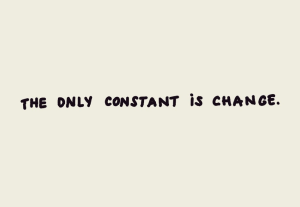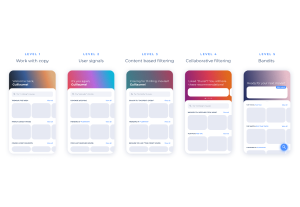- Customer Experience, Design, Technology, UX Education, UX Magazine, UX World Changing Ideas
Future designers need to learn, un-learn and reskill in order to keep up with the ever evolving tech industry. Here are some 2022 trends that might help.
Article by Liviana Popa
Design Trends 2022 (and beyond)
- Future designers will need to continuously learn, un-learn and reskill to adapt to the ever evolving tech industry
- Things to expect from design in 2022:
-
- Demystifying UX
- Striking Simplicity
- Colorful impact!
- 3D
- NFTs
- AR/VR/ Phygital Tech
- Web 3.0
- Remote Working
- Behavioral Design
- Neurodesign
- Sustainability
Share:Design Trends 2022 (and beyond)
Share this link
- May 4, 2022
8 min read







